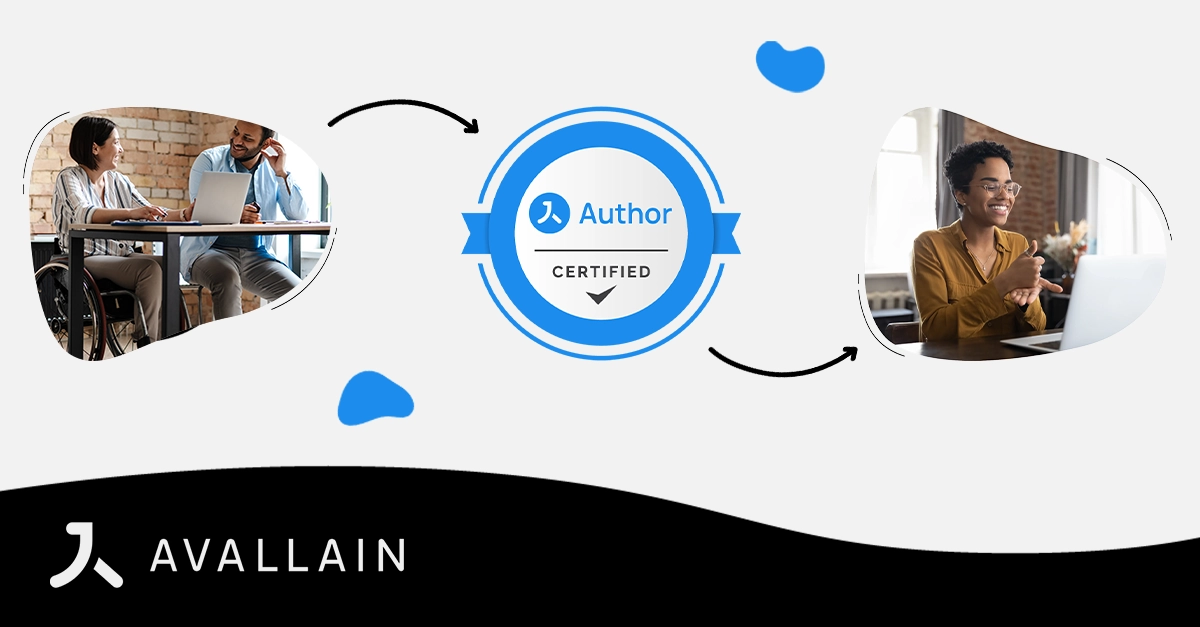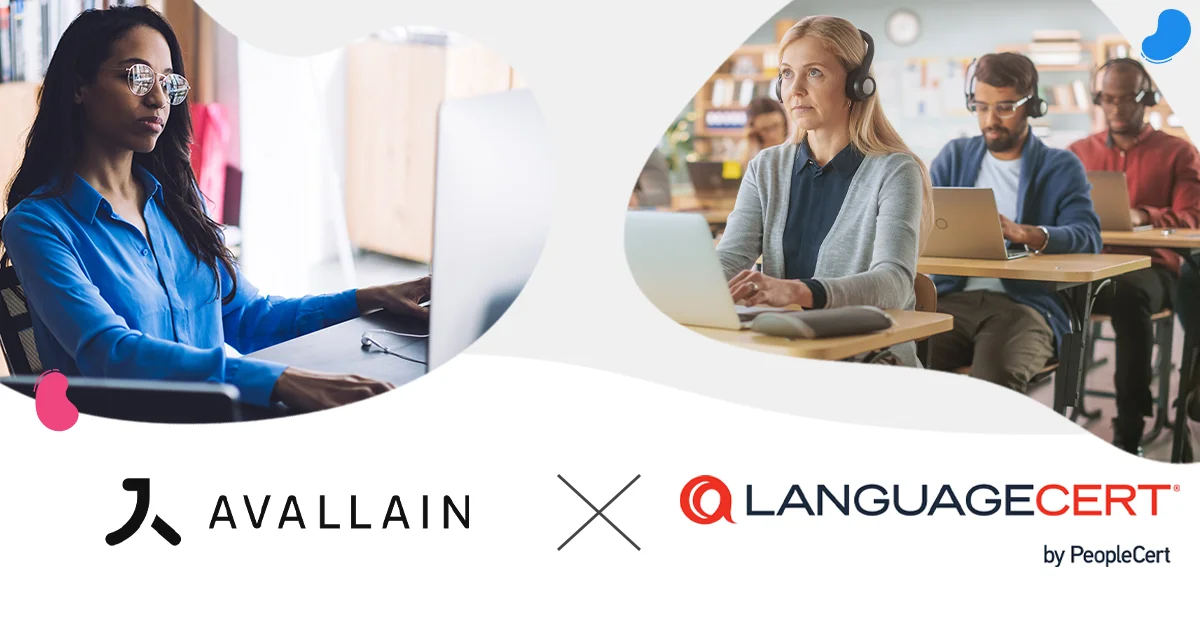
5 min read
2021/07/09
eLearning authoring software is helping publishers, universities and corporations produce online courses and training programs at an unprecedented rate. In this post, we break down the top 4 reasons why.
eLearning authoring software is a creative tool used by instructional designers to create and deliver high-quality eLearning content.
There are two general types of authoring software:
- Standalone software that offers advanced authoring capabilities. Standalone authoring tools also have publishing functionality, but they need a destination to deliver the content (learning platform, website, mobile or web application, etc). Standalone software can fully integrate with a learning management system as an all-in-one solution.
- Prebuilt authoring tools with limited authoring and publishing capabilities, included in learning management systems or all-in-one solutions.
In this blog, we’re focusing more on standalone eLearning authoring software.
While each type has unique specialisations, having dedicated authoring tools for creating learning content offers a number of benefits for publishers, univeirsities and businesses.
Reason #1: Better Learning Outcomes
The main benefit of eLearning authoring software is how easy it makes the process of creating customised learning content. Using advanced features and multimedia functionality, course designers can rapidly create more engaging and interactive content. And that can have a profound impact on learning outcomes.
In online courses, interactivity is defined as requiring students to engage with content through different senses, tools or actions. Courses with higher levels of interactivity tend to provide greater learning outcomes.
For example, an exercise requiring students to read a passage, listen to audio and complete a question uses multiple touchpoints to reinforce a concept, producing a better learning result.
Reason #2: Content and Asset Management
To create better learning outcomes with more engaging and interactive content, you need more than just a way to create said content. You need a way to manage it all in one place. This is where online authoring tools excel.
eLearning authoring software provides full flexibility and overview of your assets when it comes to storing and structuring your content. This is helpful because you will likely reuse the same content for different learning products in order to stay as efficient as possible and get the most out of each created piece of content.
Another component of content and asset management is version visibility. This allows you to identify which piece is the latest version so you can quickly update content or even restore an older version as needed. This also provides full control over all your media and other assets. You know exactly when it was uploaded, by who, as part of what content and learning product. Then, you can update or replace the asset with just one click everywhere.
Lastly, content and asset management needs to be backed by high security and performance. Standalone authoring tools offer state-of-the-art shared or dedicated cloud-hosting solutions, providing instructional designers with the utmost security and performance of their data and assets.
Reason #3: Production & Project Management
Another benefit of authoring software is that it offers robust production and project management capabilities alongside content creation.
In the same way that marketing teams or video developers use project management software to track their deadlines and resources, authoring software can serve as a production management tool to help instructional design teams.
eLearning authoring software allows designers to work with different stages and workflows to match editorial workflows, such as “in progress,” “final draft,” “approved” and “published.” Also, you can work with different user roles and rights to seamlessly get your offline team processes and responsibilities mirrored online. If wished, you can easily and safely work with outsourced capacities.
This is particularly useful for design teams and publishers who have to work on concurrent projects, meet deadlines and track the performance of their work. With a more structured way to create and manage learning content, many teams find that their designers can work faster and more flexibly.
Reason #4: Integrations
A final benefit of authoring software is its ability to integrate with your learning management system (LMS) or learning experience platform (LXP) software or solution. Using industry standards such as xAPI or Scorm, most common authoring applications allow you to publish a course to a connected LMS or LXP for users to enjoy.
However, eLearning software integrations are most successful and beneficial to instructional designers when the standalone authoring tool integrates with an LMS or LXP from the same brand. To understand why, let’s look at all possible combinations:
Standalone Authoring Tool + Different Brand LMS/LXP
When you use a standalone authoring tool and an LMS or LXP from different vendors, complications may arise during publishing.
For example, content may not display precisely in the platform in the way it was initially authored, and publishing processes may require cumbersome manual import/export. Also, when it comes to updating your content, you may have to update the same content piece in each single course – instead of clicking once to update across everything.
Prebuilt Authoring Tool Within LMS/LXP
Alternatively, you can opt for a prebuilt authoring tool within an LMS or LXP, making the publishing and updating process much smoother. However, you miss out on the benefits of standalone eLearning software—including engaging content with a lot of variety, powerful content and asset management features, production, workflow and project management features, and more.
Standalone Authoring Tool + Same Brand LMS/LXP (All-In-One)
This leads us to an all-in-one solution that offers a standalone authoring tool and an LMS/LXP from the same brand, perfectly tuned to each other and seamlessly integrated. You get the benefits of both worlds: Full features of a standalone solution and smooth and quick publishing and updating processes.
Conclusion
Instructional designers are creating online courses and digital training experiences faster than ever thanks to eLearning authoring software. From better learning outcomes to project management functionality, authoring software offers a number of benefits for publishers, universities and businesses looking to level up their online courses.
Need eLearning tools for authoring, distributing and managing your content? Avallain can help. Tell us more about your needs today.


